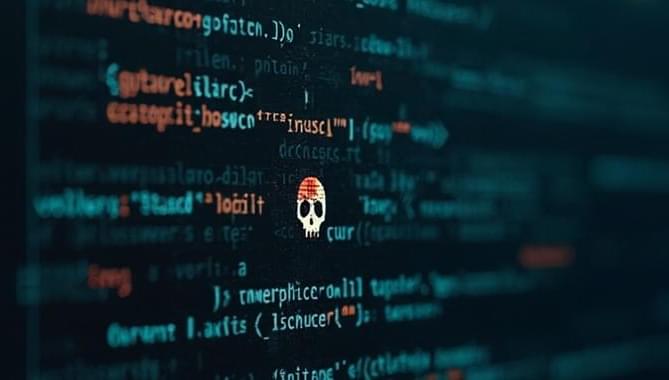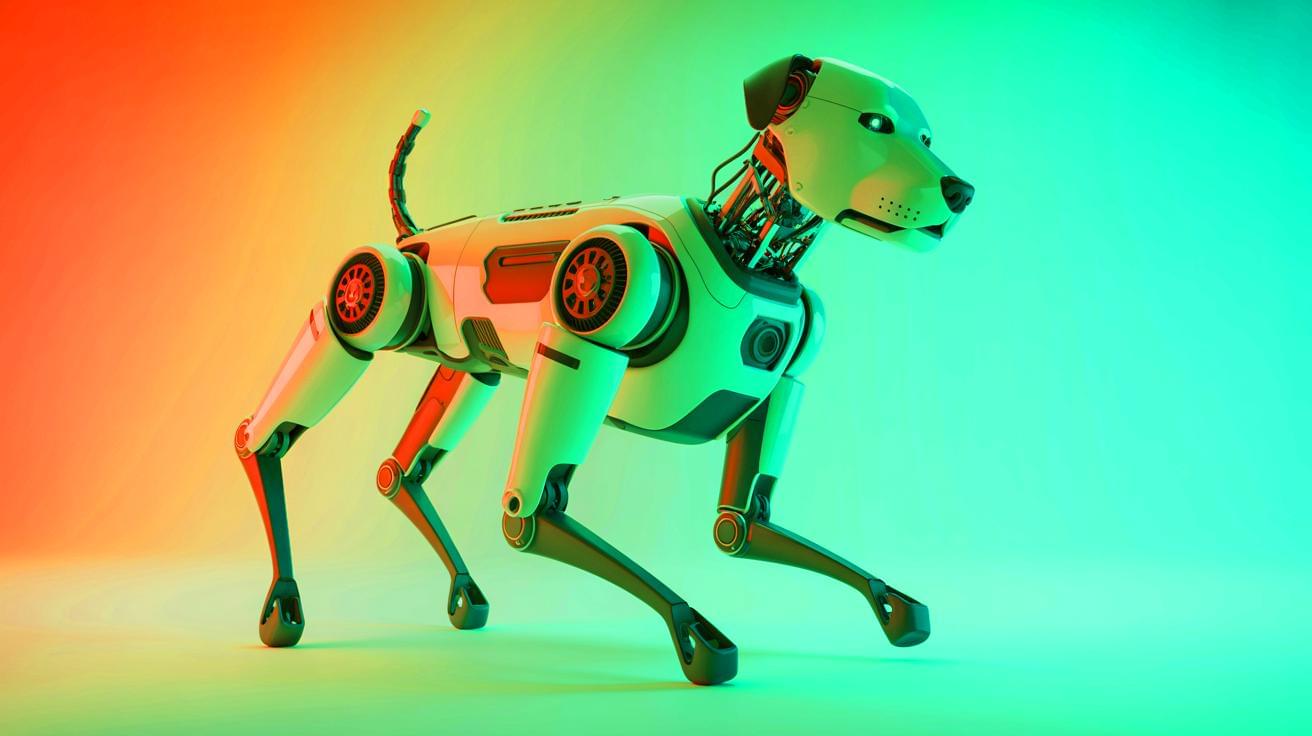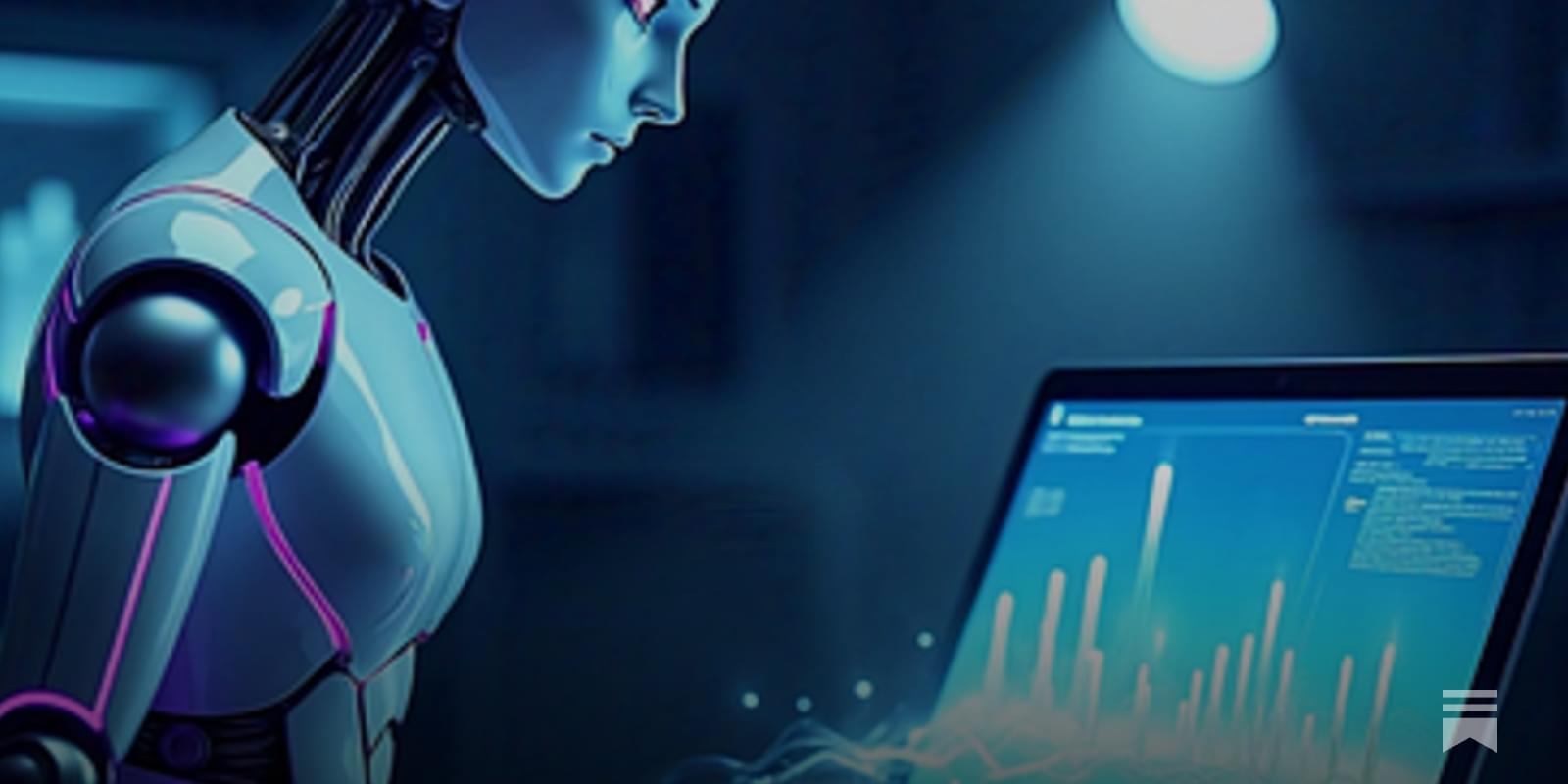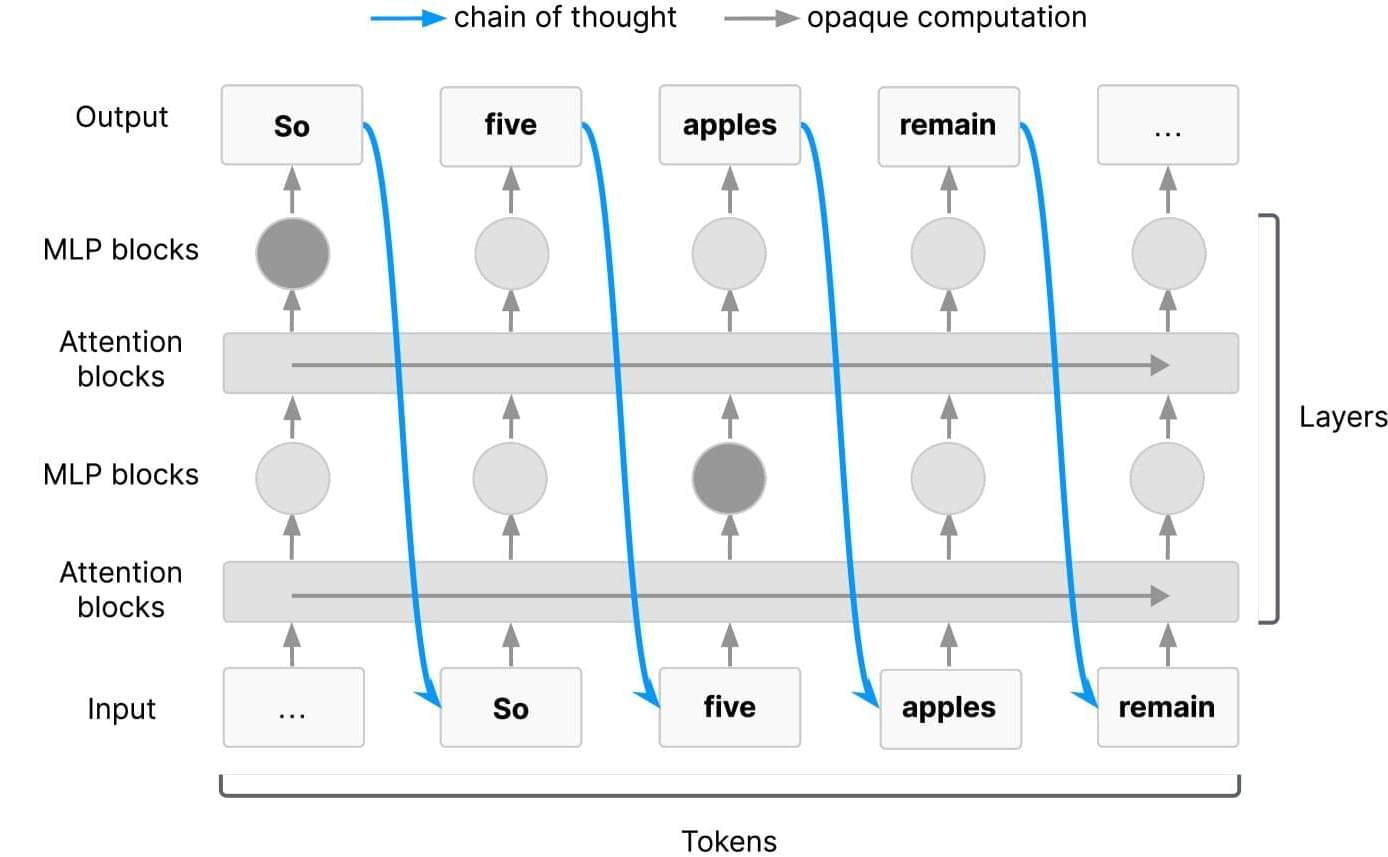APT28 targets Ukrainian government officials with a phishing campaign delivering LAMEHUG malware, utilizing Alibaba Cloud’s LLM for data harvesting.



Netflix’s “The Eternaut,” an Argentine sci-fi series, pioneers generative AI for a building collapse scene, enabling 10x faster VFX and cost savings. Co-CEO Ted Sarandos sees it empowering creators, not replacing them. Mixed reactions highlight job fears, signaling AI’s growing role in Hollywood amid ethical debate.
Tesla’s robo-taxi service has the potential to lead to a trillion-dollar valuation due to its scalable, low-cost AI approach, and could generate trillions of dollars in profit, significantly outpacing competitors.
Questions to inspire discussion.
Tesla’s Robo Taxi Business Model.
🚗 Q: What potential profit could Tesla’s robo taxi model generate per vehicle? A: Tesla’s robo taxi model could generate $150,000 in profit per year from each vehicle if charging prices similar to Uber.


IN A NUTSHELL 🐕 CARA is a robot dog created by a Purdue University student using innovative capstan drive technology. 🔧 The robot incorporates custom 3D-printed parts and high-strength materials like carbon fiber for durability and efficiency. 🤖 Advanced coding techniques such as Inverse Kinematics allow CARA to move with natural grace and agility. 🚀

Questions to inspire discussion.
🤝 Q: What are the potential issues with the Uber-Lucid-Neuro robotaxi partnership? A: The partnership is a “cluster f waiting to happen” due to independent entities involved, which typically end in a “messy divorce”, making it potentially uncompetitive against fully integrated solutions like Tesla’s.
🗺️ Q: How does Tesla’s robotaxi service area expansion compare to Waymo’s? A: Tesla expanded its service area in 22 days, while Waymo’s first service area expansion in Austin, Texas took 4 months and 13 days, demonstrating Tesla’s faster and more aggressive approach to expansion.
Business Viability.
💼 Q: What concerns exist about the Uber-Lucid-Neuro robotaxi partnership’s business case? A: While considered a “breakout moment” for autonomous vehicles, the business case and return on investment for the service remain unclear, according to former Ford CEO Mark Fields.
🏭 Q: What manufacturing advantage does Tesla have in the robotaxi market? A: Tesla’s fully vertically integrated approach and ability to mass-manufacture Cyber Cabs at a scale of tens of thousands per month gives it a significant cost-per-mile advantage over competitors using more expensive, non-specialized vehicles. ## Key Insights.

This framework is made up of two key components. The first is a deep-learning model that essentially allows the robot to determine where it and its appendages are in 3-dimensional space. This allows it to predict how its position will change as specific movement commands are executed. The second is a machine-learning program that translates generic movement commands into code a robot can understand and execute.
The team tested the new training and control paradigm by benchmarking its effectiveness against traditional camera-based control methods. The Jacobian field solution surpassed those existing 2D control systems in accuracy — especially when the team introduced visual occlusion that caused the older methods to enter a fail state. Machines using the team’s method, however, successfully created navigable 3D maps even when scenes were partially occluded with random clutter.
Once the scientists developed the framework, it was then applied to various robots with widely varying architectures. The end result was a control program that requires no further human intervention to train and operate robots using only a single video camera.

Researchers have developed a technique that significantly improves the performance of large language models without increasing the computational power necessary to fine-tune the models. The researchers demonstrated that their technique improves the performance of these models over previous techniques in tasks including commonsense reasoning, arithmetic reasoning, instruction following, code generation, and visual recognition.
Large language models are artificial intelligence systems that are pretrained on huge data sets. After pretraining, these models predict which words should follow each other in order to respond to user queries. However, the nonspecific nature of pretraining means that there is ample room for improvement with these models when the user queries are focused on specific topics, such as when a user requests the model to answer a math question or to write computer code.
“In order to improve a model’s ability to perform more specific tasks, you need to fine-tune the model,” says Tianfu Wu, co-corresponding author of a paper on the work and an associate professor of computer engineering at North Carolina State University.

Artificial intelligence is advancing at a dizzying speed. Like many new technologies, it offers significant benefits but also poses safety risks. Recognizing the potential dangers, leading researchers from Google DeepMind, OpenAI, Meta, Anthropic and a coalition of companies and nonprofit groups have come together to call for more to be done to monitor how AI systems “think.”